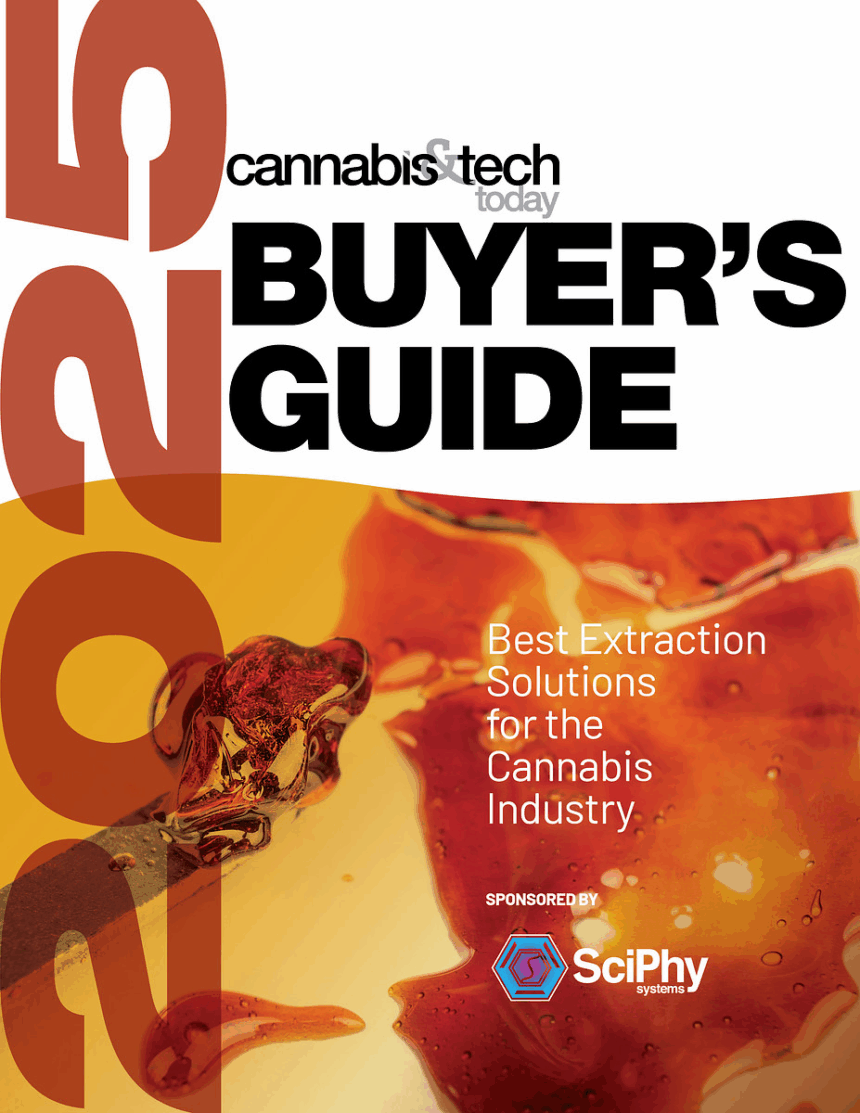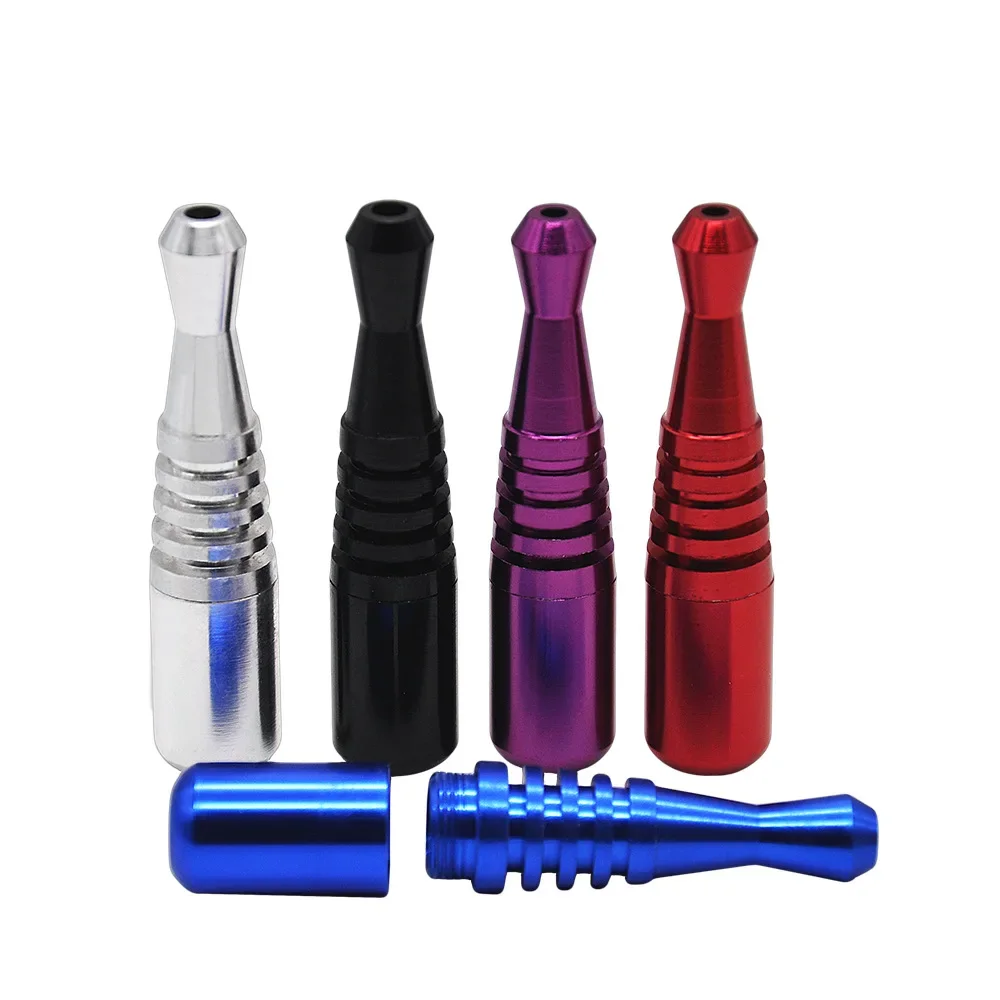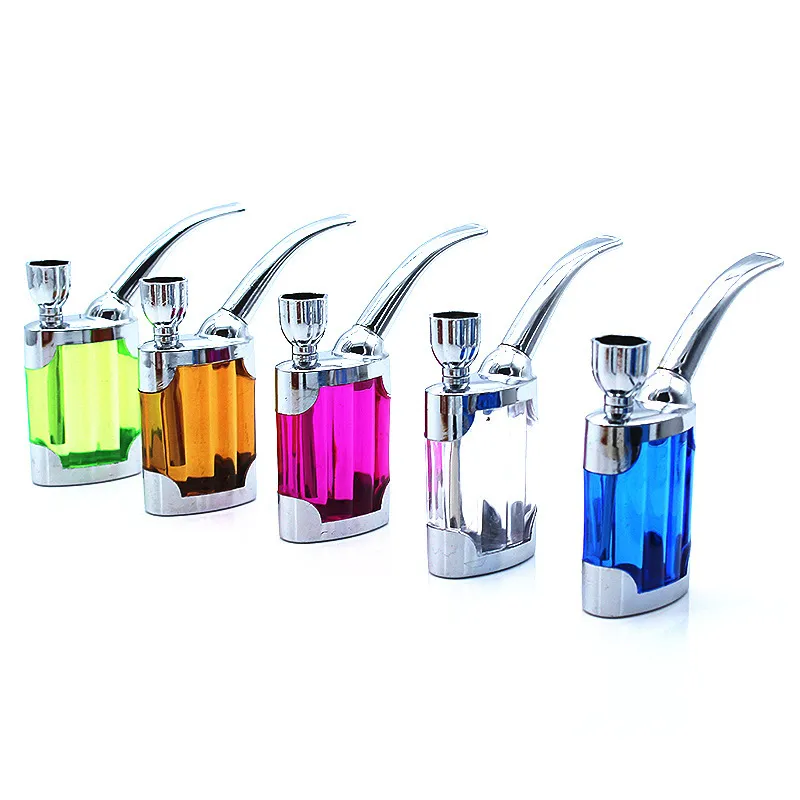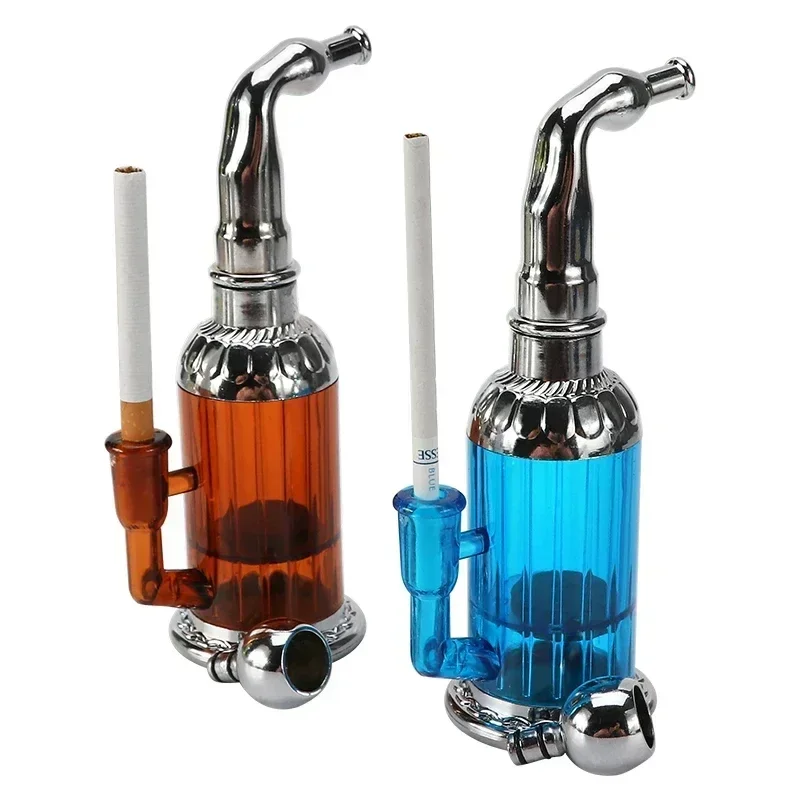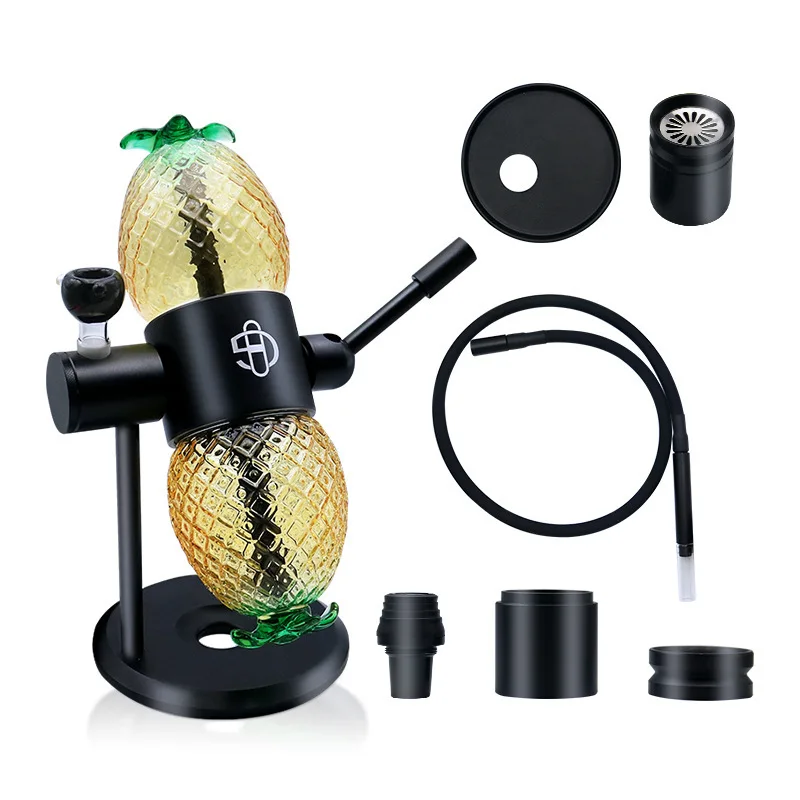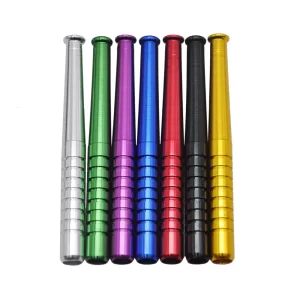In cannabis manufacturing, reliability is the difference between a smooth shift and an expensive reset. The Cannabis & Tech Today Extraction and Processing Buyer’s Guide is written for the people who carry that responsibility: lab directors, process engineers, and procurement teams making calls that affect uptime, safety, and margins.
What the Guide Covers
We put leading CO₂, ethanol, hydrocarbon, solventless, and hybrid systems on the same playing field. Each platform is presented with clear specs and concise editorial notes so you can see strengths, tradeoffs, and ideal use cases without sorting through hype.
- Curated product and service overviews from leading providers
- Side-by-side comparisons and selection tips from our editorial team
- Insights into pricing models, scalability, and integration
- Real-world commentary from cannabis operators and solution engineers
- Bonus data sets and market context where available
Built for Production

Performance numbers only matter if they translate on the floor. The guide connects metrics to outcomes—terpene retention, potency consistency, residual solvent targets—so you can judge fit for specific SKUs, not just a generic “lab.” Safety is treated as part of process design, not an afterthought; validation pathways, SOP support, and hazardous-location compliance are evaluated alongside raw performance.
Reliability and total cost of ownership get equal weight with headline specs. Utility loads, solvent recovery efficiency, labor per batch, wear parts, and service models often decide profitability over three to five years. We surface those levers so procurement can defend decisions with facts instead of superlatives.
How to Use It
Start with the givens—power, footprint, local code, staffing—and map them to output goals. The side-by-side comparison narrows the field quickly, while the analysis helps you ask sharper vendor questions:
- Can the system scale in parallel without complicating SOPs?
- How quickly can you pivot between biomass types or formulations?
- What does a typical week of preventative maintenance look like, and who performs it?
- Which data points are logged by default, and how do they integrate with your current QA stack?
Use the guide to move from a long list to a shortlist, pressure-test claims in a consistent framework, and model total cost of ownership before you commit capital.
Who Benefits
Multi-state operators and enterprise labs will find a practical path to standardizing equipment across sites without sacrificing local compliance. The apples-to-apples comparison clarifies where a single platform can cover multiple facilities and where regional differences call for tailored choices.
Growth-stage processors stepping up from pilot rigs to true production can use the guide to avoid common scale-up pitfalls. It highlights changeover times, service requirements, and real throughput—factors that determine whether a new line delivers what the pro forma promised.
Craft producers focused on solventless or hydrocarbon rooms get context that goes beyond headline yields. By linking equipment design to flavor, potency bands, and batch consistency, the guide helps ensure premium SKUs remain premium as volumes increase.
Hemp operators entering regulated THC markets will appreciate the emphasis on validation, documentation, and hazardous-location requirements. The guide points to platforms—and support models—that make the compliance transition more manageable.
Margins are tight, regulations are demanding, and customers expect consistency. When choosing equipment, considerations must go beyond a single peak metric. Predictable runs, clean tests, defensible SOPs, and service you can count on are crucial. This guide respects that reality and brings clarity to a crowded market, so the gear you buy is the gear you rely on.




